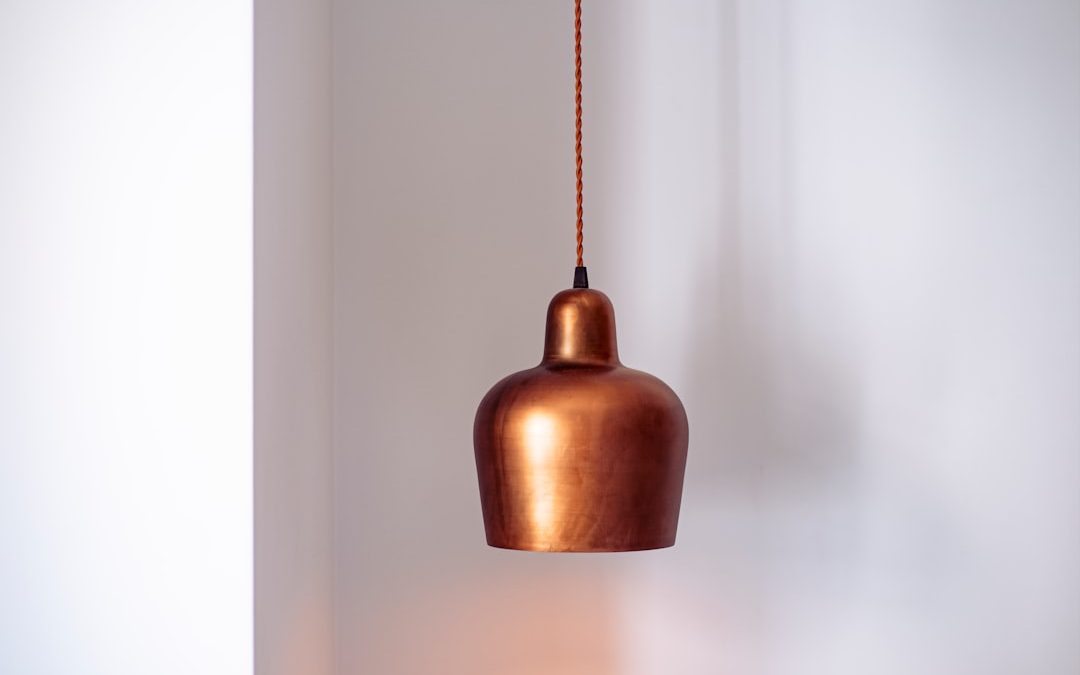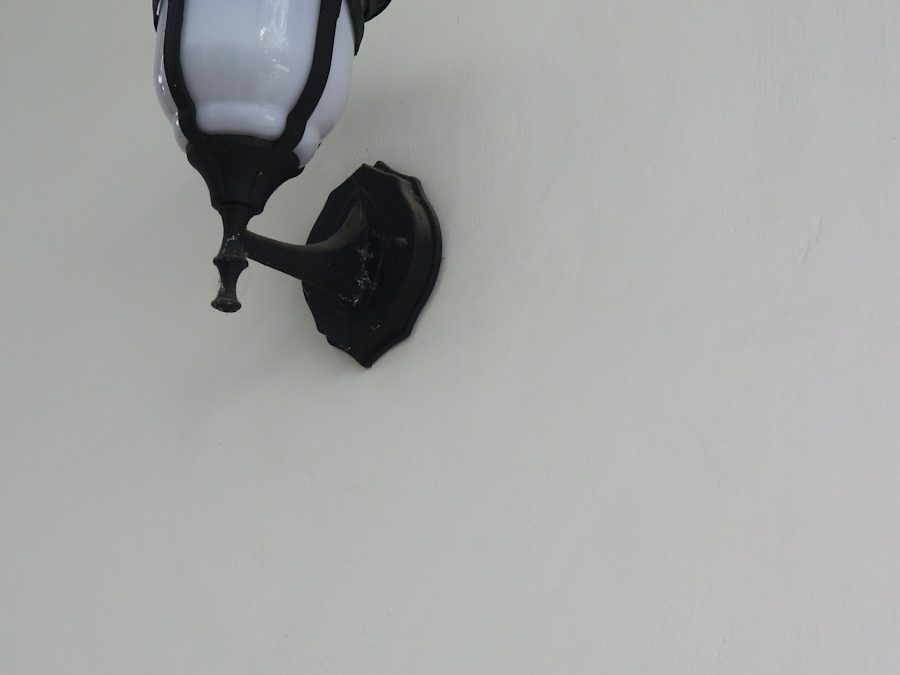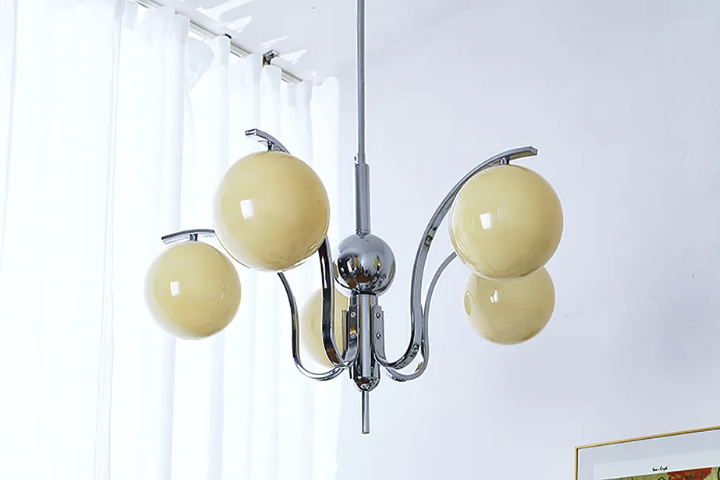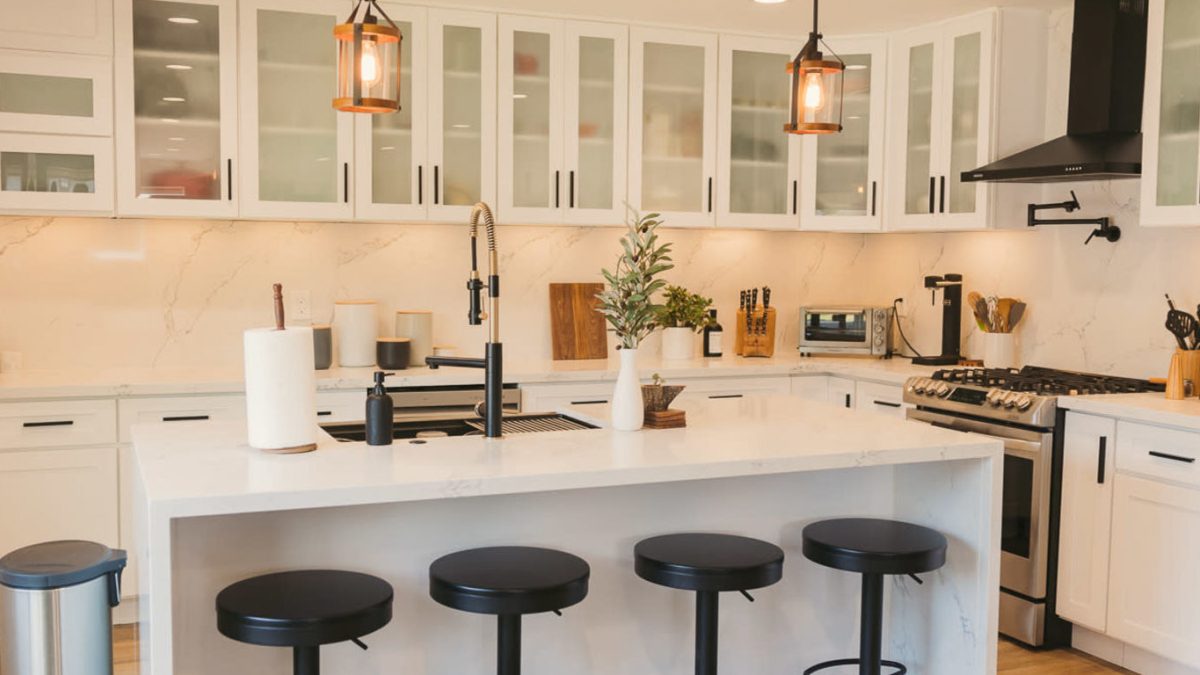
Modernistic Illumination: A Study of Pendant Light Designs
The humble pendant light has come a long way from its utilitarian origins. Today, pendant lights serve as works of art that illuminate modern homes, offices and public spaces. This article takes a deep dive into some of the most interesting and innovative designs of pendant lights in recent times.
History of Pendant Lights
The concept of pendant lighting dates back to medieval times when candles were suspended from the ceiling using chains. The design evolved over the centuries, with gas and electric lights replacing candles. In the early 20th century, industrial-style pendant lights became popular in workplaces, factories, and warehouses. Today, pendant lights are available in a wide range of styles, materials, and finishes, making them suitable for any decor.
Materials Used
Pendant lights can be made from a variety of materials, such as glass, metal, plastic, fabric, and even paper. Each material has its own unique properties that make it suitable for different spaces and settings. For example, light fixtures made of glass or crystal provide a luxurious and elegant look, while metal pendants have a more industrial and modern feel.
Glass Pendant Lights
Glass pendant lights give a contemporary feel to any interior space. Clear glass pendants offer simple elegance, while frosted or tinted options provide softer, diffused lighting. Alternatively, textured glass such as ribbed or etched designs give a more decorative effect.
Metal Pendant Lights
Metal pendant lights offer a more modern design, using materials such as steel, aluminum, brass or copper. These sleek designs come in a range of finishes, such as matte, polished or brushed. Some metal pendant lights are made with intricate patterns, cut-outs or perforations, adding visual interest to the space around them.
Shapes and Sizes
Pendant lights come in a wide range of shapes and sizes. Some are slim and linear, while others have more organic shapes. Mini pendants are ideal for small spaces, while larger statement pendants are perfect for high ceilings or large rooms.
Cluster Pendants
Cluster pendants consist of several lights grouped together, often at different heights, creating a visually dramatic effect. They come in a variety of styles, from geometric shapes to organic forms, and can be customized to suit any aesthetic.
Linear Pendants
Linear pendants consist of a series of lights suspended in a linear formation. They work well in long, narrow spaces such as hallways or over dining tables.
Large Scale Pendants
Large scale pendants are perfect for creating a bold statement in a room. These oversized designs demand attention and provide a striking focal point.
LED Technology
Pendant lights have been revolutionized by the advent of LED technology. LED lights are more energy-efficient, longer-lasting and offer greater design possibilities. They can be integrated into the design of the pendant light itself, creating unique and impressive designs.
Integrated LED designs
LED technology has enabled designers to create innovative, integrated light fixtures. These designs incorporate LEDs into the structure of the pendant light itself, providing a seamless and sleek appearance.
Customizable LEDs
Customizable LED designs offer versatility that is unmatched in other lighting fixtures. Pendants can be programmed to change color, brightness, and even patterns, providing endless possibilities for mood and ambiance.
Pendant lights Omelighting have come a long way from their humble beginnings as utilitarian light fixtures. The material, shape, size, and design possibilities make pendant lights a perfect choice for any interior space. With the rise of LED technology, the options for creative and innovative pendant lights are endless. From slim and simple to oversized and striking, the world of pendant lighting is sure to bri



